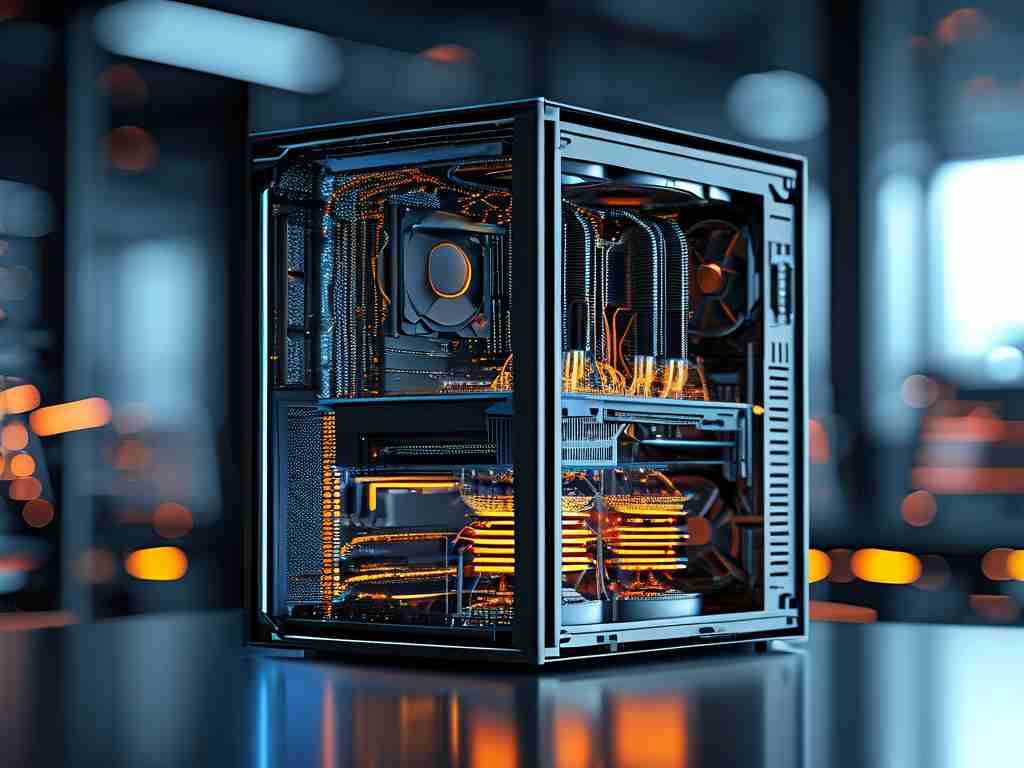In the rapidly evolving landscape of information technology, in-memory computing (IMC) has emerged as a transformative force, redefining how organizations process and analyze data. Unlike traditional disk-based systems, IMC leverages high-speed random-access memory (RAM) to store and manage data, enabling real-time insights and decision-making. This article explores the defining characteristics of this technology and its implications for modern enterprises.

1. Blazing-Fast Data Access
At the core of in-memory computing lies its ability to eliminate latency caused by physical storage devices. By retaining data directly in RAM—which operates at nanosecond speeds—organizations can execute complex queries and transactions up to 100x faster than disk-based systems. For instance, financial institutions use IMC to process stock trades in milliseconds, ensuring compliance with high-frequency trading requirements. This speed is not merely incremental; it fundamentally alters operational workflows, allowing businesses to respond to market shifts instantaneously.
2. Real-Time Analytics Capabilities
Traditional databases often struggle with real-time analytics due to bottlenecks in data retrieval. In-memory computing solves this by enabling parallel processing of live data streams. Retail giants like Amazon leverage this feature to analyze customer behavior during peak shopping seasons, adjusting pricing and recommendations dynamically. A 2023 case study revealed that a logistics company reduced delivery route optimization time from 15 minutes to under 3 seconds using IMC, slashing fuel costs by 12%.
3. Scalability Without Compromise
Modern IMC platforms adopt distributed architectures, allowing horizontal scaling across clusters of servers. Apache Ignite, an open-source IMC framework, demonstrates this by supporting petabytes of data across thousands of nodes while maintaining sub-second response times. This elasticity makes the technology ideal for IoT applications, where sensor networks generate terabytes of unstructured data hourly.
4. Energy Efficiency Paradox
While RAM consumes more power per gigabyte than hard disks, IMC’s efficiency gains often offset this. By completing tasks faster, systems enter low-power states sooner. SAP’s HANA platform reported a 40% reduction in total energy consumption for ERP operations after migrating to in-memory architectures, proving that speed and sustainability can coexist.
5. Hybrid Workload Support
Contrary to early limitations, contemporary IMC solutions handle both transactional (OLTP) and analytical (OLAP) workloads simultaneously. This dual capability eliminates the need for separate databases, simplifying IT infrastructure. A healthcare provider achieved 99.99% uptime for patient records while running predictive analytics on the same platform—a feat impossible with legacy systems.
Challenges and Considerations
Despite its advantages, IMC requires careful implementation. Volatile memory demands robust disaster recovery plans, as power failures can wipe unprotected data. Advances in non-volatile RAM (NVRAM) and persistent memory modules are mitigating this risk. Cost remains another factor, with RAM prices still higher than storage disks, though the gap continues to narrow.
The Future Horizon
As 5G networks and edge computing proliferate, in-memory technology is expanding beyond data centers. Automotive manufacturers now embed IMC systems in autonomous vehicles for split-second decision-making. Meanwhile, quantum computing research explores hybrid models combining qubits with in-memory architectures for unprecedented problem-solving speeds.
In , in-memory computing represents more than a technical upgrade—it’s a paradigm shift in data utilization. By harnessing RAM’s potential, organizations unlock capabilities that were once science fiction, from real-time AI inference to seamless global transactions. As hardware evolves and software ecosystems mature, IMC will likely become the default approach for data-intensive industries, reshaping what’s possible in the digital age.






